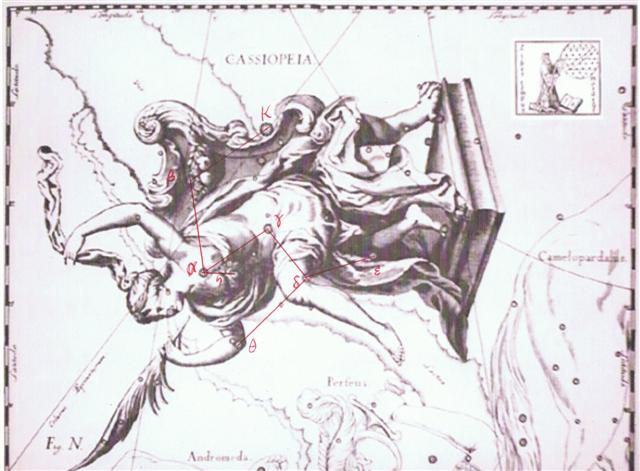Once again. The order of succession needs an old ruler and a new one - and a queen in between to deliver him:
My idea is that there could have been 8 parallel dark nights beginning with Terminalia, during which the succession was secured, when sky and earth were in 'close embrace':
I have here related the stars to their glyphs instead of to their RA days.
Rei in Ca1-11 is the central glyph in a group of 5. Probably the star Achird ruled here. ... In the times of Al Sharatain the star Achird ('female possessing luminous rays', η Cassiopeiai) rose with the Sun in 'March 4 (63) ... In rongorongo times this was 10 days after 0h. In the times of Al Sharatain it was day 430 counted from 0h in the previous year.  The heliacal stars were indicating when the succession occurred between an old Moon Queen and her daughter.
| |||||||||||||||||||||||||||||||||||||||||||||||||||||||||||||||||||||||||||||||||||||||||||||||||








